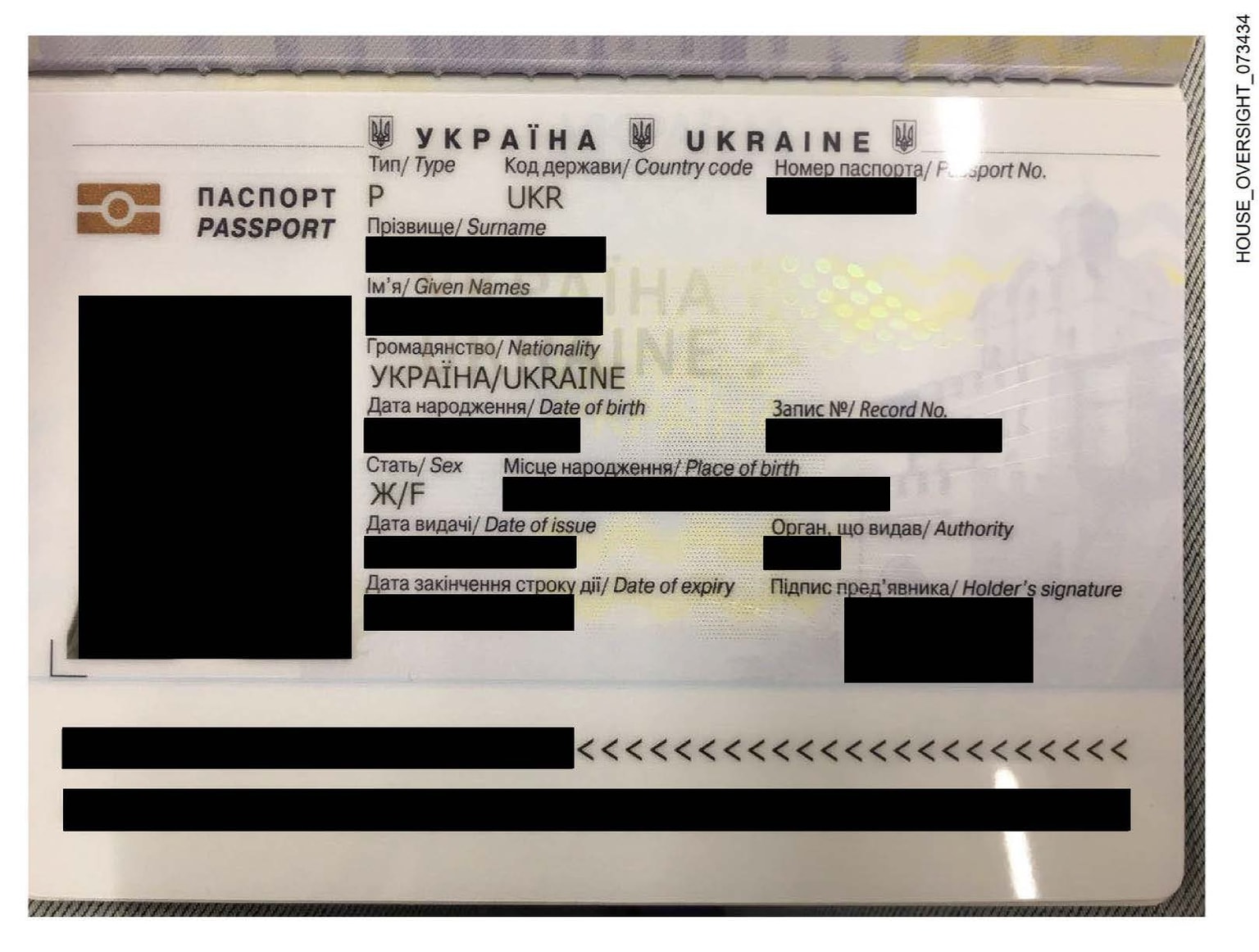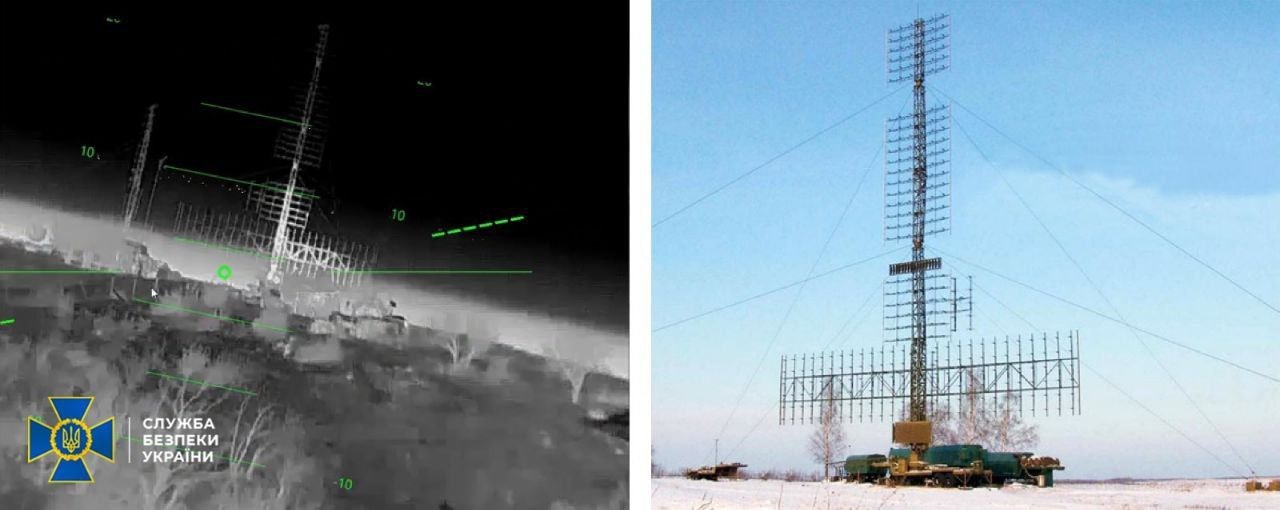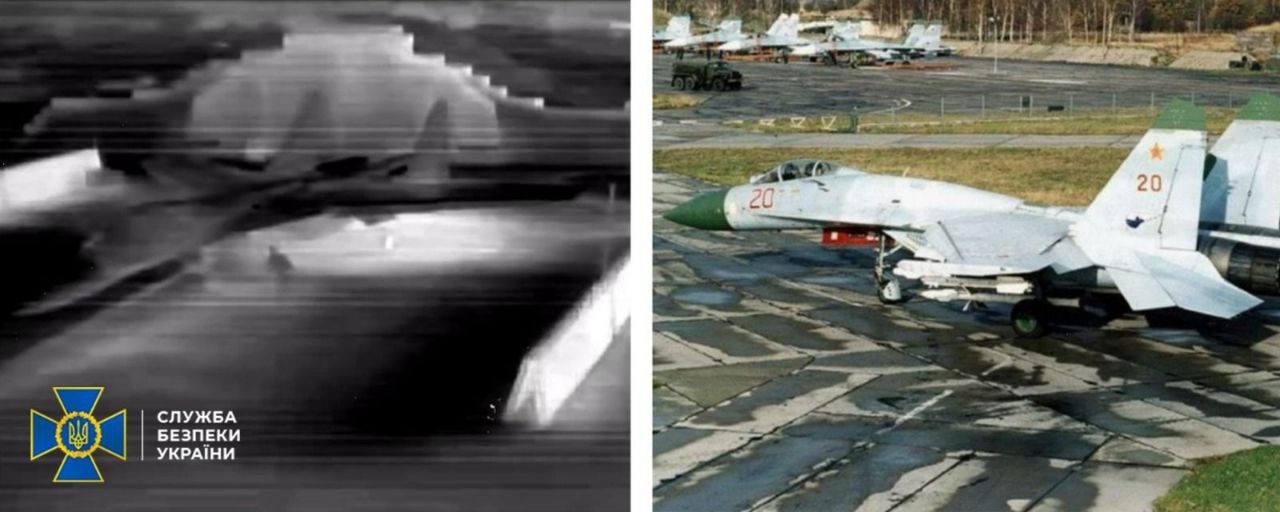
On a forgotten part of Ukraine's front line, Russian forces mass for assault on Dnipro islands
A destroyed bridge and a lowered car in the middle of the river in Kherson Oblast, Ukraine on April 27, 2024. (Kostiantyn Liberov/Libkos/Getty Images)
With attention focused on Moscow's grinding advances in Donbas, and Ukraine's efforts to hold onto Russian territory in Kursk Oblast, one area of the front lines continues to see daily battles but little coverage.
Ukrainian and Russian forces are locked in an ongoing fight over a series of small islands in the Dnipro River, control of which would allow Moscow's forces to intensify attacks on the embattled city of Kherson in southern Ukraine.
"Local clashes take place (for the Dnipro islands) every day," Viktor Kevliuk, a retired military officer and defense expert, told the Kyiv Independent.
"The enemy is fighting for the islands with the 61st Marine Brigade of the Northern Fleet — Ukrainian marines are countering them."
Kevliuk adds that neither side is fully in control of the islands, though he says Ukraine "has the advantage" in an ongoing fight which sees both sides trading intense artillery fire and drone attacks.

"In the context of all combat clashes (along the front line), the southern direction is relatively the calmest, but only when compared to other situations along the battle line," he said.
But on Dec. 4, Kherson Oblast Governor Oleksandr Prokudin told the Financial Times that Russia "wants to launch another offensive" in the direction of Kherson, and had assembled "300 boats to cross the river," suggesting this relatively quiet part of the front line may be about to heat up.
Why are the Dnipro islands important?
"Controlling the Dnipro islands means controlling the Dnipro River and its coastline," Serhiy Bratchuk, spokesman for the "South" unit of the Ukrainian Volunteer Army, a volunteer military formation, told Ukrainian Radio last month.
In the fall of 2022, a Ukrainian counteroffensive succeeded in pushing Russian forces out of the city of Kherson, and other regional settlements on the west bank of the Dnipro River.
Since then, Russian and Ukrainian positions have been largely separated by the wide, swampy river dotted by numerous small islands.

From their new positions on the east bank, Russian forces continued to shell Kherson and the surrounding villages, killing civilians in attacks which continue to this day.
Ukraine wanted to push eastward from the river to create a buffer zone between the Russian-held east bank, and the Ukrainian-controlled west bank, making it harder for the Russian troops to launch attacks.
In February 2023, Ukrainian troops began conducting risky raids across the river, probing Russian defenses. By the summer, the first reports emerged of Ukraine holding a bridgehead on the other side of the Dnipro River near the destroyed Antonivsky Bridge.
The operation reached its zenith around October when Ukrainian troops entered Krynky, a small coastal village on the east bank, turning it into the key bridgehead for Kyiv's troops operating across the Dnipro River.

Krynky became the focal point of intense battles but the front line remained largely static for months despite heavy losses on both sides.
In December 2023, the Kyiv Independent reported from Dnipro River's left bank, speaking to soldiers taking part in the cross-river raids. Many said the fighting felt "hopeless."
By July of this year, Ukraine was forced to withdraw from its Krynky bridgehead.
Since then, Russian attacks on Kherson have only intensified, even incorporating the deliberate targeting of civilians with FPV drones in what has been dubbed a "drone safari."
"Currently, we can see how Russian drones are terrorizing Kherson, targeting civilian cars," Bratchuk said.
"In order to further escalate these terrorist attacks, the Russians aim to capture the (Dnipro) islands and deploy additional forces there."
What's the current situation on the Dnipro islands?
Vladyslav Voloshyn, spokesperson for the Southern Defense Forces, said on Nov. 28 that Russian forces are constantly trying to gain footholds on and around the Dnipro islands.
"(Russian troops) are doing this to seize bridgeheads on the west bank and draw some of our forces and resources there, just as we did in Krynky," he said.
The day before, Voloshyn also said Russian troops were massing on the Tendra and Kinburn spits, in an effort to control the mouth of the Dnipro.
Voloshyn said Ukrainian forces maintained fire control over positions in the area, and were continuing to fend off the Russian attacks, a view shared by experts who spoke to the Kyiv Independent.
"(Russian forces) are trying to storm with small forces to constrain Ukraine's reserves, forcing Ukrainian troops to use artillery shells. In this way, Russia aims to weaken our defensive line," Dmytro Zhmailo, a military expert and executive director of the Ukrainian Security and Cooperation Center, told the Kyiv Independent.
"(Russian forces) are trying to storm with small forces to constrain Ukraine's reserves, forcing Ukrainian troops to use artillery shells."
"However, since our artillery and FPV drones are actively operating in this region, the front line along the Dnipro is more secure. Therefore, these provocation operations will be costly for the Russians," he added.
Zhmailo said another objective for Moscow's troops was to maintain pressure along as much of the front line as possible to stretch Ukrainian forces.

"Through these actions, Russia also seeks to prevent Ukrainian forces from reinforcing Kursk, Kurakhove, and other key areas where the enemy is advancing," he said.
But Prokudin's comments on Dec. 4 suggest Russian forces are about to increase pressure in the area.
Voloshyn, also speaking on Dec. 4, said Russia is now training assault groups in occupied territories of Zaporizhzhia and Kherson oblasts, citing Ukraine's intelligence data, adding Moscow's troops are practising how to cross water obstacles and transfer landing groups.
Speaking to Radio Free Europe/Radio Liberty (RFE/RL), he reassured that there "has not been a single successful attempt at this assault or enemy crossing in a month."
"The Ukrainian Defense Forces are now reliably defending the city of Kherson and Kherson Oblast, and the entire west bank," he added.










